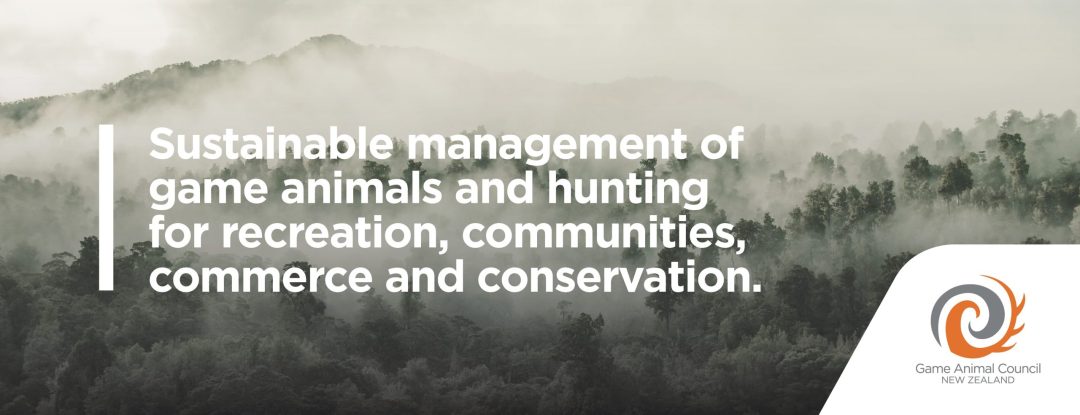 Hunters are uniquely placed to act as caretakers of the ecosystem and the game animal habitat by making the right choices while out hunting. It is all about understanding how the decisions we make will affect the future of the habitat and the herd it supports.
Hunters are uniquely placed to act as caretakers of the ecosystem and the game animal habitat by making the right choices while out hunting. It is all about understanding how the decisions we make will affect the future of the habitat and the herd it supports.
The Te Reo reflection of this principle: Whakatautika ngā kararehe ki te ngahere (balance the animals to the forest) is how nature works in habitat-herbivore-predator systems.
Hunters who make decisions that look after this balance understand the simple premise that when it comes to a game animal herd, male and female animals have different roles and a different impact on breeding and the ecosystem.
Whether we are talking deer, tahr or chamois, all are polygynous animals, meaning that one male can breed with a whole lot of females. Except for extreme circumstances this means that the number of males does not really affect the breeding rate. It is the number of females that matters, they are the engine-room of the herd. Females also tend to group together and have a smaller geographical range. This means they can have a much higher localised habitat impact than males do. A herd with a high proportion of breeding females can be bad for the habitat, bad for the herd and ultimately bad for hunting.
